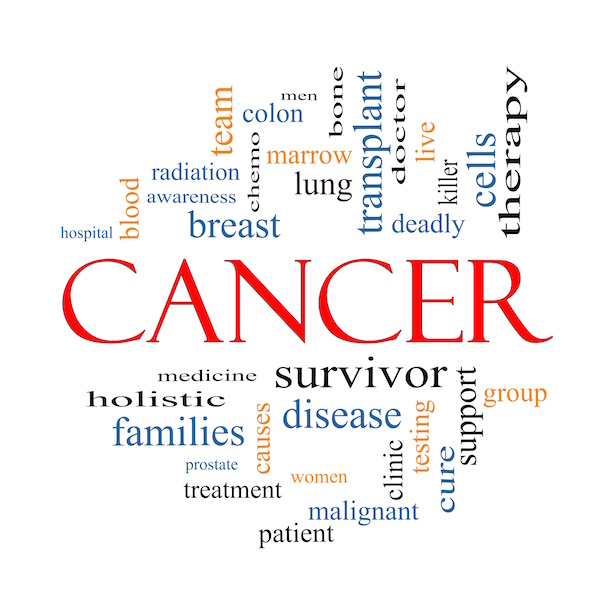
THURSDAY, March 18 (HealthDay News) — Death and disease rates vary widely among distinct groups of Asian Americans, Native Hawaiians and Pacific Islanders, but these groups can benefit from culturally appropriate prevention and care programs, new studies show.
Among the findings:
- The breast cancer death rate among Asian-born women in the United States is up to four times higher than among U.S.-born Asian women.
- While heart disease is the leading cause of death for most women in the United States, among Asian-American women cancer is the leading cause of death. Breast cancer has the highest incidence and is the second-leading cause of cancer death in these women.
- Lung and bronchial cancer are leading causes of death among Asian-American men. But a culturally sensitive approach to community health led to large reductions in smoking among Vietnamese, Cambodian and men of several other Asian ethnicities in four U.S. communities.
- Vietnamese Americans have lower rates of colorectal cancer screening than other Asian-Americans or whites. But the use of Vietnamese language public health education campaigns about colorectal cancer increased the screening rate.
- Rates of liver and cervical cancer among the Hmong in California (refugees who came to the U.S. from Laos after the Vietnam War) are three to four times higher than those of other Asian-American and Native Hawaiian and Pacific Islander groups.
The studies were published online March 18 in a special issue of the American Journal of Public Health devoted to Asian-American and Native Hawaiian and Pacific Islander populations.
“We are failing to adequately address cancer in our communities,” Marguerite Ro, deputy director of the Asian & Pacific Islander American Health Forum, said in a news release. “Simple measures, such as cancer screening and immunization, along with the delivery of culturally appropriate care in languages understandable to the people who need care, would reduce costly, serious illnesses and lower death rates.”
More information
The U.S. Centers for Disease Control and Prevention has more about Asian American populations.

